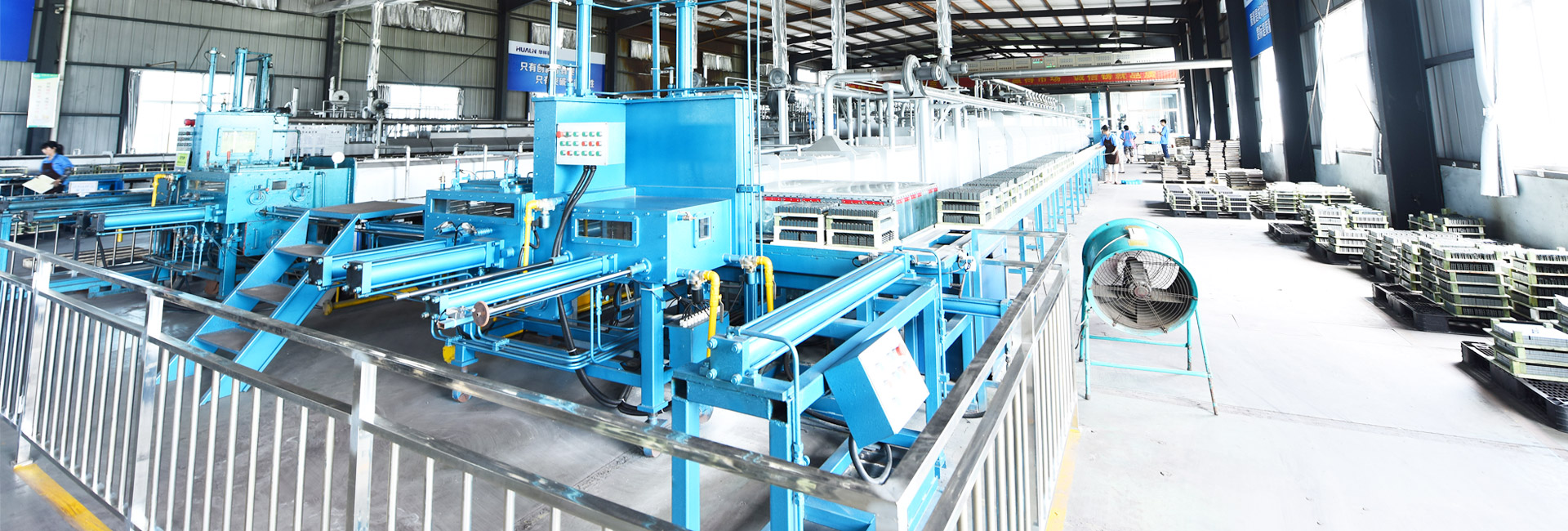Which materials are used for EI cores?
In recent years, a new type of low-cost and high-quality interference suppression device has been developed. Its function is equivalent to a low-pass filter, which can better solve the problem of high-frequency interference suppression of power lines, signal lines and connectors, and is simple to use , Convenient, effective, and takes up a series of advantages, such as using ferrite anti-interference magnetic cores to suppress electromagnetic interference (EMI) is an economical, simple and effective method. EI-type magnetic cores have been widely used in various military applications such as computers. Or civilian electronic equipment.
EI type magnetic core is a kind of high permeability material infiltrated with one or more other metals such as magnesium, zinc, nickel and sintered at 2000 ℃. In the low frequency range, the ferrite anti-interference magnetic core shows very low The inductive impedance value does not affect the transmission of useful signals on the data line or signal line.
When the EI magnetic core is in contact with the fluid, there will be some irreversible loss of internal magnetic energy, the loss exceeds 30% of the initial strength or the iron sheet on the outer surface, the stainless steel pipe wears and breaks, and the magnetic core needs to be replaced. , The magnetic core of the leaking magnet cannot be allowed to continue to work. Magnets are generally relatively fragile, and the surface is also coated with some oil, which will cause greater environmental pollution. Generally, domestic magnetic core manufacturers can work for 1-2 years under heavy load and 7-8 years under light load.
EI core performance requirements and material classification In order to meet the requirements of switching power supply for efficiency, size and weight reduction, a transformer core with high magnetic flux density and high frequency and low loss is required.



